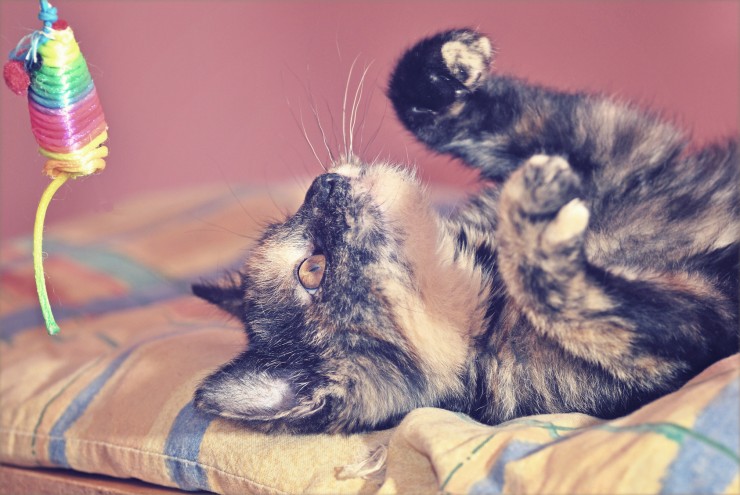
Built for speed, Cheetah is one of the most fascinating of all animals. A design in the epitome of pace, Cheetah outruns everything on the plains of Africa, establishing itself as one of the most succ...
Built for speed, Cheetah is one of the most fascinating of all animals. A design in the epitome of pace, Cheetah outruns everything on the plains of Africa, establishing itself as one of the most successful hunters in family felidae. Although not included in big cats by many experts owing to its inability to roar, Cheetah is one of the most envied big game predators in the wild, arousing frequent backlash by lions and leopards who often find themselves unable to compete with Cheetah's hunting prowess.Honed to a sleek and slender physique Cheetah ranges in weight from 100 to 150 lbs, with its long body and tail assisting it in high speed pursuits. The coat is generally yellowish with small black spots running throughout its length. The belly, like most cats, is whitish. Evolutionary adaptations that enable Cheetah to generate tremendous speed include large nostrils, heart and lungs (that enable maximum oxygenation during rapid pursuits), big adrenal glands (for the adrenaline rush!), rudder-like tail (for balancing and rapidly turning to match the clever Thomson gazelle) and non-retractable claws (to provide 'grip' on the ground during the chase).Cheetah's speed means that it can take down prey that most predators don't even think about - the Springbok is magnificent in its own right and yet can't evades the Cheetah half the times. Impala and hares are also frequently preyed upon, whereas wildebeests are taken down only in pairs. Usual approach is to stalk the prey and approach as near as possible. When it is near to being spotted, Cheetah begins the chase - reaching from 0 to 100 km/hr in three seconds, Cheetah outclasses most modern automobiles - capable of reaching 125 km/hr with its feet almost seeming not to touch the ground! After bringing the prey animal down, powerful jaw muscles enable Cheetah to crush the victim's wind pipe while the large nostrils allow it to breathe simultaneously enabling it to hold on for long periods. The high speeds tire this great hunter also, elevating body temperature to dangerous levels. The cat thus rests after the hunt, making it vulnerable to scavengers like hyenas who often claim the kill.Cheetah has an organized social structure, with males forming coalitions and female doing solitary hunting and parenting. A big litter is born after mating that continues year round, though a fraction of the cubs survive, and are often killed by lions, leopards and hyenas. Maturity is reached at one year for males and two years for females, after which time they leave the mother to establish their territories, with the ranges varying with habitat. Cheetahs prefer relatively open grasslands and are not very adaptable to changes in their environment. Limited adaptability, inbreeding, hunting by farmers and poachers and removal of animals from the wild for use as pets - through history - have meant that Cheetah lacks genetic biodiversity as a specie to an alarming extent, with some experts fearing its survival. The splendid cat is considered threatened in Asia and vulnerable in Africa, with foundations in Africa working to restore their ecosystem in the wild and overcoming the shortage of prey and habitat that are threatening the flourishing of this fantastic animal. The Do’s And Don’ts Of Giving Treats To Your Dog
The Do’s And Don’
The Do’s And Don’ts Of Giving Treats To Your Dog
The Do’s And Don’
 Horsemeat In Uk Meals - Understanding The Issues
Horsemeat In Uk M
Horsemeat In Uk Meals - Understanding The Issues
Horsemeat In Uk M
 Water Fun & Safety With Your Pet
Memorial Day is fast approaching and for many Americans that
Water Fun & Safety With Your Pet
Memorial Day is fast approaching and for many Americans that
 Idiopathic Head Tremors In Dogs
Idiopathic Head T
Idiopathic Head Tremors In Dogs
Idiopathic Head T
 Five Reasons Why Enabling Your Cat’s Play Is So Important
Five Reasons Why
Five Reasons Why Enabling Your Cat’s Play Is So Important
Five Reasons Why
Copyright © 2005-2016 Pet Information All Rights Reserved
Contact us: www162date@outlook.com